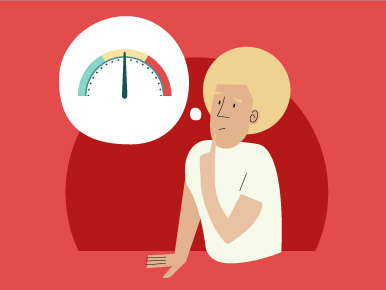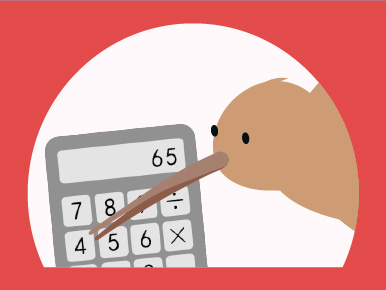How is your KiwiSaver performing?
If you haven’t looked for a while, now could be a good time to check in.
Here is a quick rundown of the sort of things to think about, and what you can do to help your fund grow towards your goals.
Investment returns and performance
Do you know the sort of returns your fund is delivering?
You can use data such as that provided by research firm Morningstar, to look at how your fund is faring compared to its peers.
Morningstar’s data is published quarterly, but it’s usually not a good idea to get too hung about short-term performance. What you probably want to look for is longer-term trends. If your fund has consistently been among the lower performers over a number of years, and there’s not a good reason why, you might like to dig a bit deeper.
It can also be a good idea to compare returns after fees, so you can look at what sort of value for money is being delivered. Sorted offers resources that can help compare this.
Is your fund a good fit for you?
Being in an appropriate fund for your circumstances can make a huge difference to your KiwiSaver outcomes.
This won’t stay static over your investing lifetime, either. It’s worth taking the time now and then to check that you know what your risk appetite is, and that your fund is a good match for that.
When you have a long time until you’ll need to access your money, you can generally afford to take more risk – but it’s a personal calculation and won’t be the same for everyone.
Beyond the risk allocation, you may also like to think about things like the manager’s responsible investing strategy and whether the assets you’re investing in are things you’re comfortable having exposure to.
How much are you contributing?
Are you contributing an amount that will get you to your goals? There are lots of calculators online that will let you check the sort of lump sum you might be able to amass with your current contribution rate, so you can adjust if necessary and affordable for you.
Sometimes, people choose to increase their contribution over time – perhaps every time they get a pay rise.
It usually makes sense to at least contribute as much as your employer will match. If you don’t have an employer, a minimum contribution of $1042.86 a year will ensure you receive the maximum member tax credit from the government, of $521.43.
What fees are you paying?
KiwiSaver fees have dropped in recent years, as new lower-fee providers have entered the market and more Government attention has focused on what default schemes, in particular, charge.
It may be a good idea to check every so often to see what you are paying in fees, and how that compares to other providers. You can also look at your after-fee performance and other services provided by your KiwiSaver manager to see whether you’re comfortable with what you are paying.
Higher fees are not necessarily a bad thing, but you may want to ensure you are receiving value for money.
Like to check in?
If you’d like some help looking at whether your KiwiSaver is on track, we would be happy to assist. We can run through your fund performance, your risk profile and contributions to check whether your settings remain appropriate for you.
Disclaimer: Please note that the content provided in this article is intended as an overview and as general information only. While care is taken to ensure accuracy and reliability, the information provided is subject to continuous change and may not reflect current developments or address your situation. Before making any decisions based on the information provided in this article, please use your discretion and seek independent guidance.












